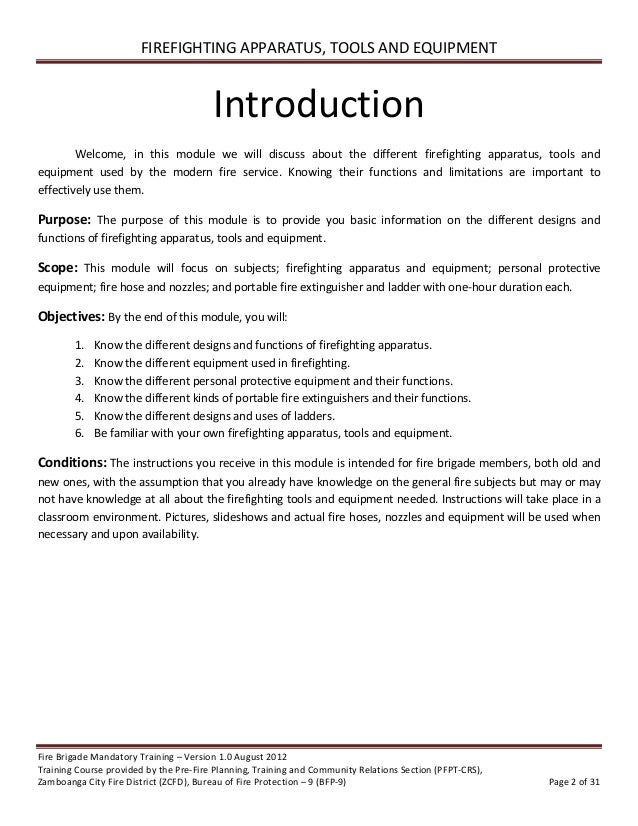How Fire Suppression Systems and Emergency Preparedness Strategies Ensure Safety
How Fire Suppression Systems and Emergency Preparedness Strategies Ensure Safety
Blog Article
Emergency preparedness is a necessary consideration for organizations. Two key components of fire safety are sprinkler systems and fire brigade training. Automatic fire suppression setups reduce fire damage, organized fire response units support evacuation efforts.
How Do Automatic Fire Suppression Systems Work?
Fire sprinklers suppress fires swiftly by dispersing water when triggered by sensors. Every nozzle activates independently, limiting unnecessary damage.

Key parts of fire suppression systems include:
- Spray mechanisms: Release water to manage fire zones.
- Flow system: Supplies water to fire zones.
- Safety panels: Provide manual override options.
- Backup water systems: Ensures system reliability.
The Importance of Fire Brigade Training
Team fire safety training educates personnel to manage fire-related incidents. Emergency skills development teach essential skills, reducing panic during emergency situations.

Key elements of fire brigade training include:
- Proactive fire safety knowledge: Identifying safety concerns.
- Evacuation procedures: Reducing evacuation time.
- Hands-on fire control: Practicing hose use.
- Communication in emergencies: Executing plans as a team.
detector de fumaça sprinkler
sprinkler de agua
How Sprinkler Systems and Fire Brigade Training Work Together
Using automatic fire suppression with team safety exercises ensures optimal preparedness. Automatic systems control the fire early, while prepared teams protect lives and property.

Uniting tools and expertise ensures maximum protection for residential areas, workspaces, and large-scale operations alike.
Conclusion: Prioritizing Fire Safety with Comprehensive Protection
Equipping your property with fire suppression technology and providing fire brigade training demonstrates responsibility. Working hand-in-hand, these strategies mitigate fire risks.
Take action for a safer tomorrow by consulting fire suppression experts and organizing emergency response drills. Preparedness is the key to protection!
Report this page